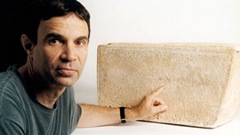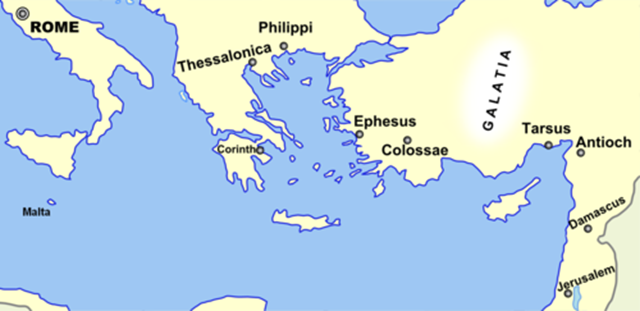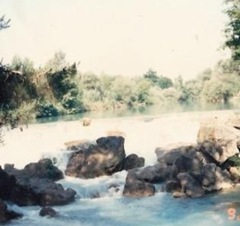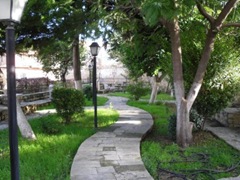In the hubbub of news about the capture/kill of Bin Laden, the professional soldiers/sailors that carried out the mission have justifiably received a heap of attention. The “tip of the tip” of the spear is one characterization I have heard. “Seal 6” is apparently the name of this elite group of ultra-efficient military men. Other terms that have been bandied about in the general conversation about the elites of the combat soldier include Navy Seals, Army Rangers, Special Ops, Special Forces, and more.
This is where the news gets personal, for I was an Army Ranger in Vietnam forty years ago. Coincidentally, I have recently been working diligently to write short stories based upon my Vietnam experience, so those days and months so long ago have revisited my memory.
Although there are references to Rangers in the colonial wars, Revolutionary War, and Civil War, the first modern use of the term comes from the D Day assault on Normandy. While waves of combat soldiers waded ashore on the beaches, the Rangers successfully scaled the cliffs of Pointe du Hoc in order to take out an artillery battery that shelled the beaches and the landing craft. In the Pacific theater, Merrill’s Marauders successfully traversed 1,000 miles of Himalayan mountains and Burmese jungle to slip behind the Japanese lines, and every single member of the unit received a bronze star.
With the outbreak of the Korean conflict, Ranger units were again formed and trained, including the only all-black combat unit in the war. The Ranger units were used for night raids, remote patrols, and parachute assaults behind enemy lines. After the end of the Korean conflict, the Rangers were disbanded and did not appear again until Vietnam.
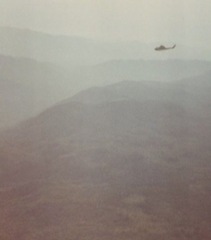 Ranger units of Vietnam, including my outfit, K Company of the 75th Infantry Regiment, were Long Range Reconnaissance Patrol units (LRRP for short). Recon in remote and hostile territory was the primary mission of our four-man LRRP teams rather than ambush or assault, but we fought when we were discovered, and I was awarded a pair of bronze stars for valor in combat.
Ranger units of Vietnam, including my outfit, K Company of the 75th Infantry Regiment, were Long Range Reconnaissance Patrol units (LRRP for short). Recon in remote and hostile territory was the primary mission of our four-man LRRP teams rather than ambush or assault, but we fought when we were discovered, and I was awarded a pair of bronze stars for valor in combat.
Other than the concept of the stiletto–a small, surgical, strike force—my experience was vastly different from the Rangers of today, much less the secretive Seal 6. Our training, equipment, and level of expertise were Neanderthal by comparison. While many in my unit had received training at Ranger school at Fort Benning before arriving in Vietnam, nearly all were combat newbies. I had no specialized training at all, but I was accepted into the Rangers based upon six weeks of combat experience with an infantry company.
An early review of my series of short stories suggests bold, dark, and intense, and I think that is an apt characterization, not only of my writing, but of the Vietnam experience. This week, the fourth installment was published, and you may find the eBook entitled Chasing After Wind with the publisher or with Amazon.com, and it treats dark themes of death and fate on the framework of a barracks poker game, the uncontrollable wind, and a malevolent joker in the deck.
Ecclesiastes provides the epigraph and the title:
No one has power over the wind to restrain the wind, or power over the day of death; there is no discharge from the battle … all is vanity and a chasing after wind.
Ecclesiastes 8:8 & 1:14
